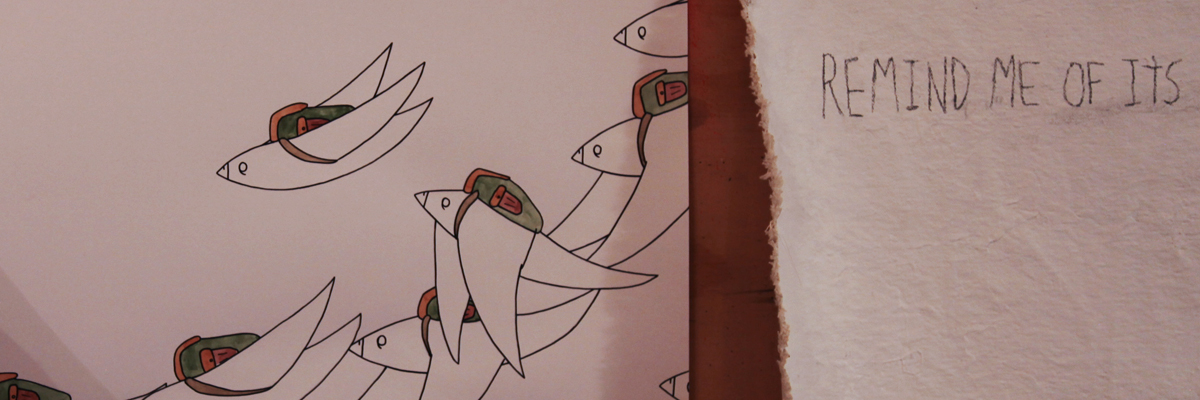You can see the rupture, the built-up cells of swollen tissue around it, the soreness festering, never quite healing.
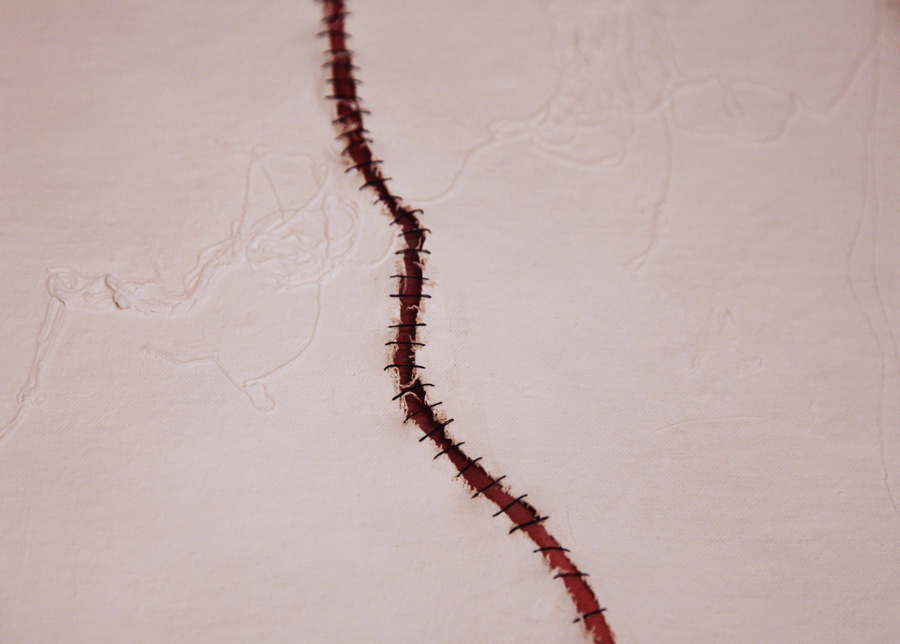
Know Hope is in BedStuy studying the internal topography of external scars, and gathering materials to map it in an atlas.
The relationship between physical scars and geopolitical ones are obvious once he lays out the similarities for you.
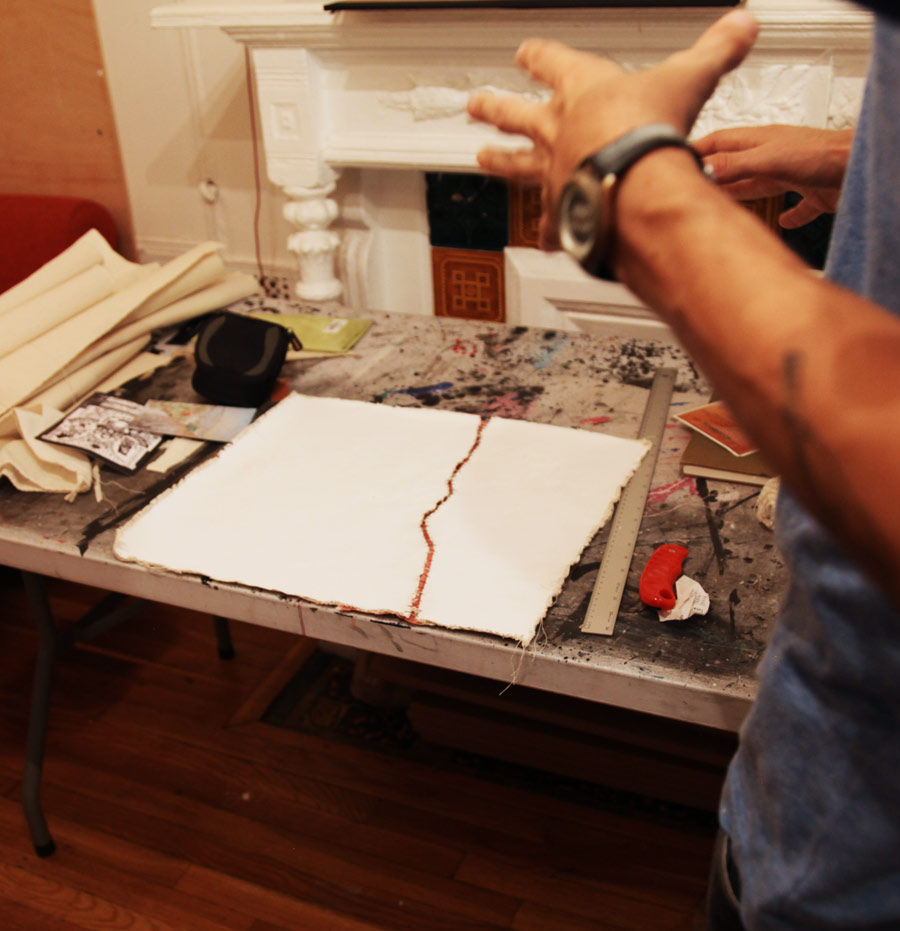
“What I will be doing is eventually finding scars that resemble the shapes of borders and creating a re-imagined map of The Israeli/Palestinian region and it includes its participants – the only criterion is that they need to be people who are living in the region.”
An Israeli Street Artist with an appreciable international collectors record for his illustrative metaphors of brokenness and healing, the artist is embarking on perhaps his most significant new body of work – and not surprisingly it is about the body, and the body politic that is intimately familiar with pain.
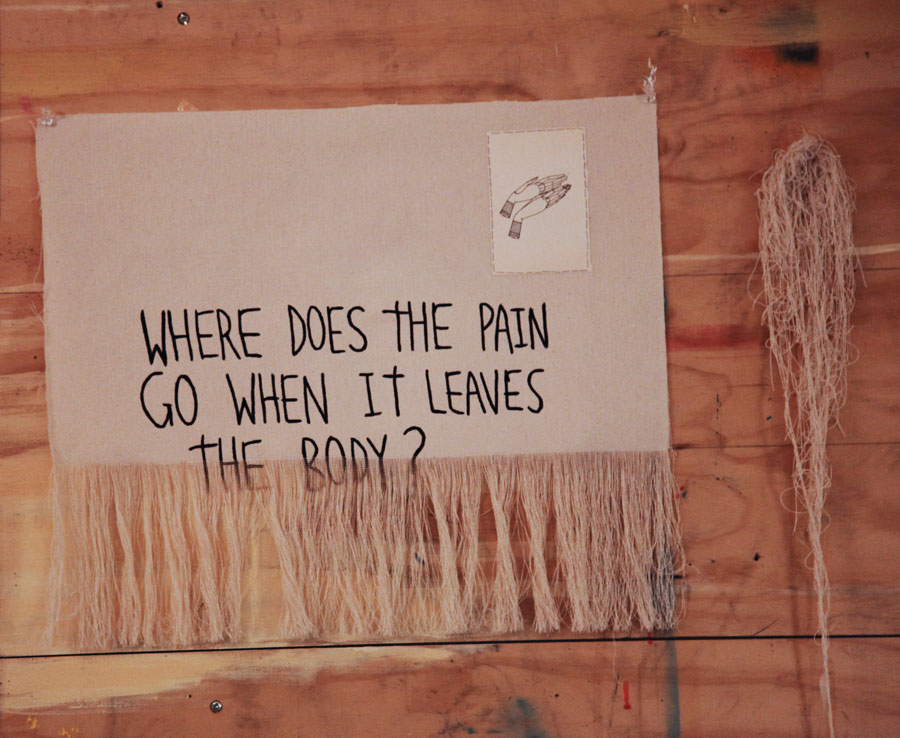
“It’s a project called “A Human Atlas” which focuses on the analogy between human scars and national borders,” he says as he illustrates on a tilted wooden desktop and signals toward the small works pinned to the wall. “So I have been collecting and documenting testimonials about scars and people sharing the stories behind them; with different anecdotes and personal reflections on them.”
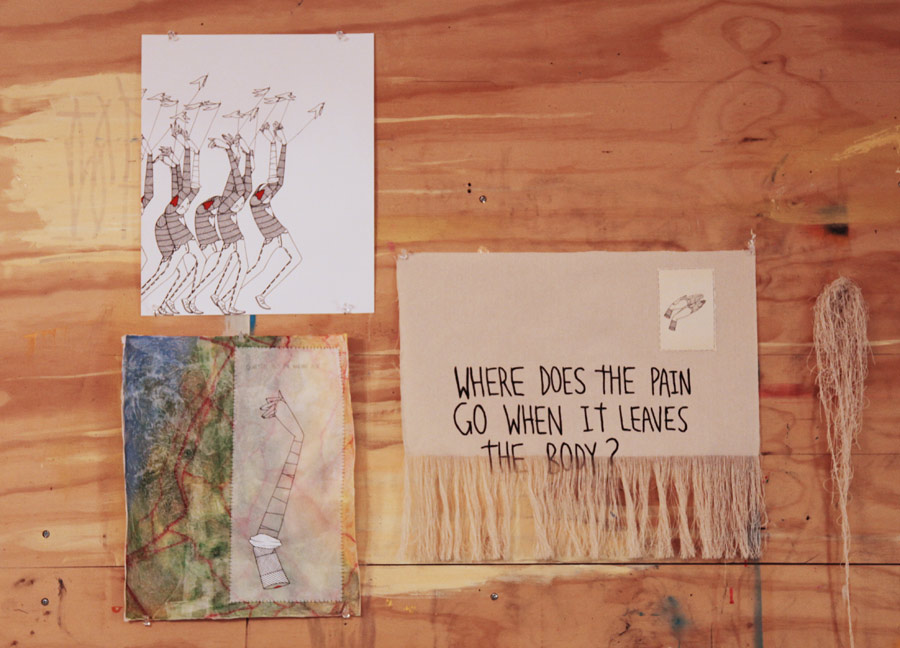
Here in Brooklyn, one is far away from the Israeli/Palestinian rupture, yet often cheek-to-jowl with it. One owns the deli on the corner, the hat store across the street is owned by the other. In a city where 800 languages are spoken, the strife between just two factions is mollified inside a world collection of cultures and the daily roar of all these voices.
The sensitivity necessary to become an artist can be both a blessing and a curse, and often you can see it personified. A man of letters, his work on brick street walls and billboards has often been literary, if necessary, reflexively cryptic – coming from a part of the world so gripped by a
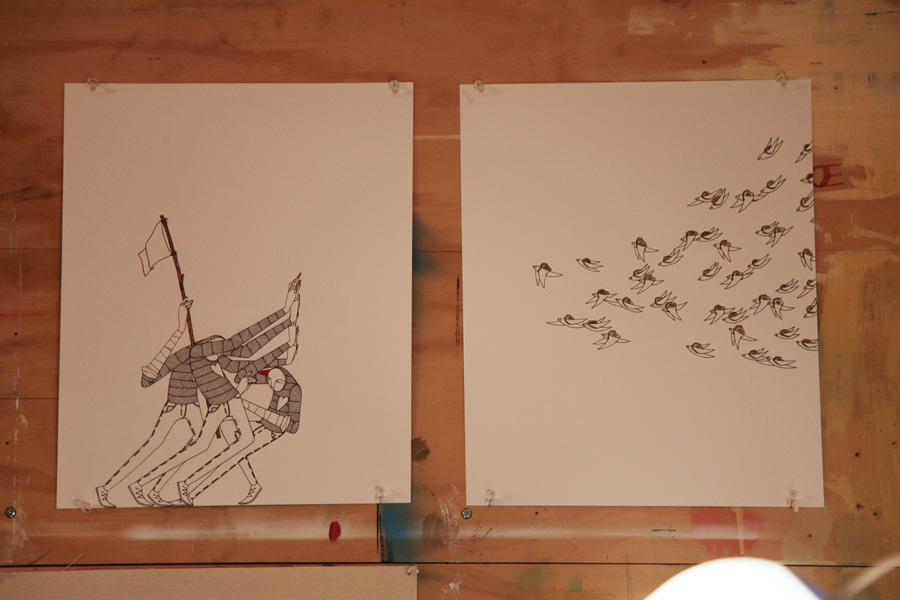
With the air conditioner rumbling as a low thunder around your conversation in this BedStuy brownstone, he tells you how the project is materializing as he studies the scars of others, perhaps comparing them to his own.
“I’ve been documenting and photographing the scars of people and collecting the stories. I still haven’t gotten around to figuring out how the artworks will actually be…” There are raised reliefs and pencil sketches floating beneath the text on the wall here at the BedStuy Residency. There are the tight and precise monochromatic illustrations using his now-familiar nomenclature of severed limbs, bodies contorted in a singular dance, white flags and doves and
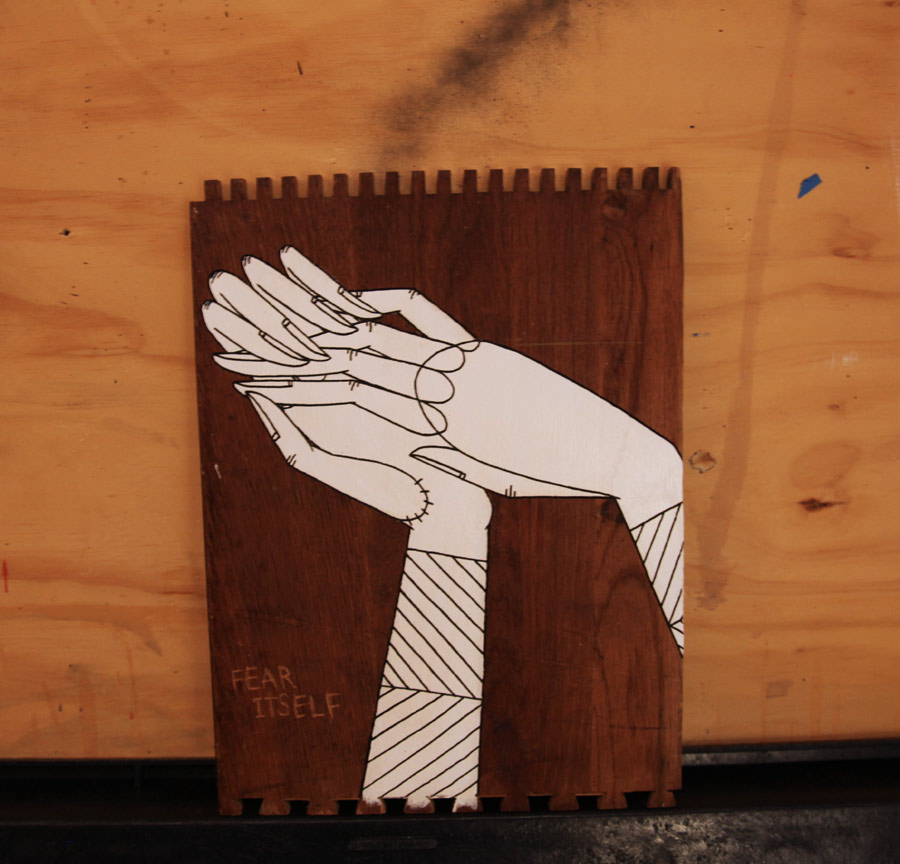
“I made a conscious decision not to decide on what I wanted the project to be. I just started by meeting people, which is still going on,” he says as he describes the organic process that he is taking, letting the end game reveal itself to him.
“With time I realize that it needs to be a book,” he says. “The information that is usually written in an atlas will be comprised of the stories that they share. And there will be maps and different mediums.”
It occurs to you that just as Street Art is an external expression that reflects the psychological, emotional state of the society back to itself, the mapping of cities is a tour of our common internalities. Know Hope appears to be looking for a physical way to trace the ruptures in his region with a desire that in the process, he can bring common healing. But first, he is studying the topography of the region and the nature of the wounds.
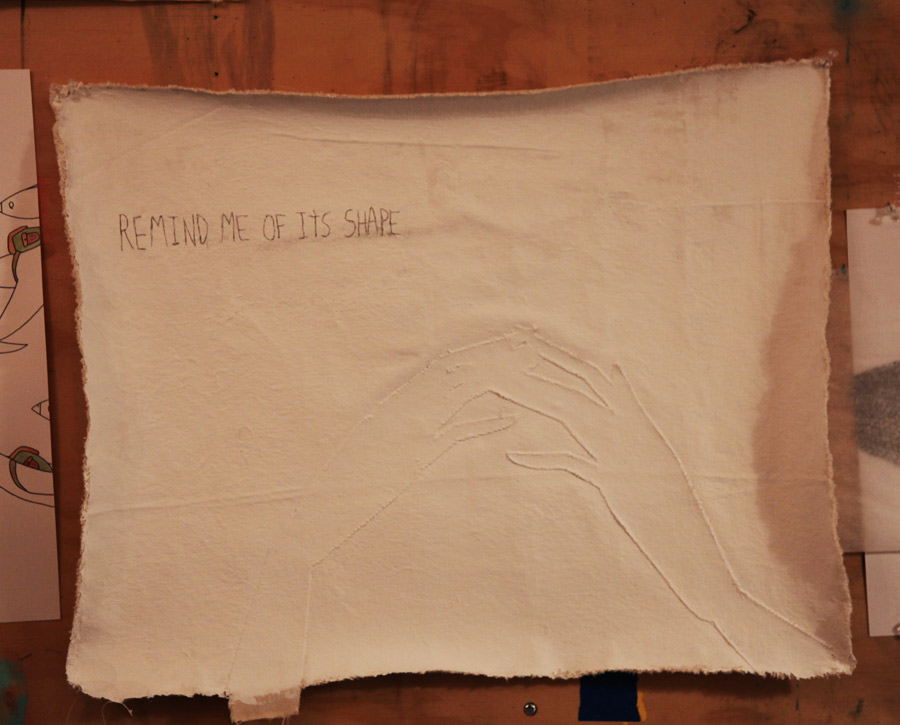
BSA: Before you told me about this project, minutes ago, I was talking to you about how you have arranged the furniture and your art materials in this residency space and how this place was conceivably tracing a map inside your head and consciously or not you have arranged things because they matched the map. You were saying that you moved the table in a certain direction and distance because it “felt better”. You can’t quantify it. So when I think about the scars in the maps – scars or something that we want to be healed and maybe the process of tracing them – it’s like you are saying if that person could walk along that fissure, that wound, that rupture it might help heal, I don’t know.
Know Hope: Yeah and I think that there is something about wanting to take these separate scars and separate individual experiences and mend them together to create something
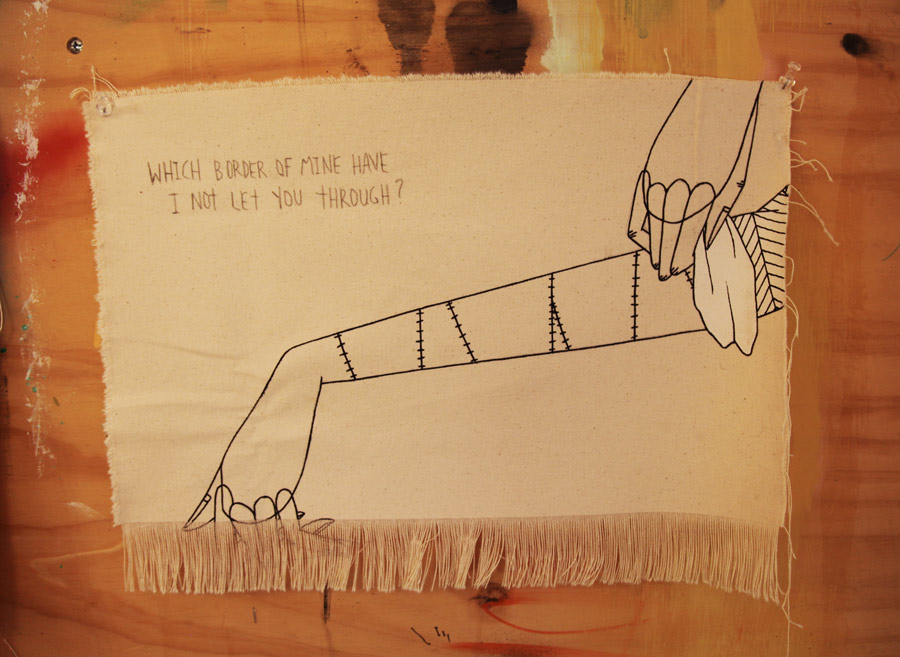
BSA: To have the common shared experience…
Know Hope: The idea is – the spark that is the initial metaphor – is that scars and borders share a lot of similar traits, common traits. They are both a product of circumstance – something happens to you or to a body or to the land. A war and a wound happe either by design or accident or an act of violence or through surgery.
At this moment it all comes together, this falling apart. You can see how Know Hope knows, and how the Atlas will become an important reference for our time.
“We kind of develop this long-term relationship with the scar or the wound that ends up becoming the scar.”
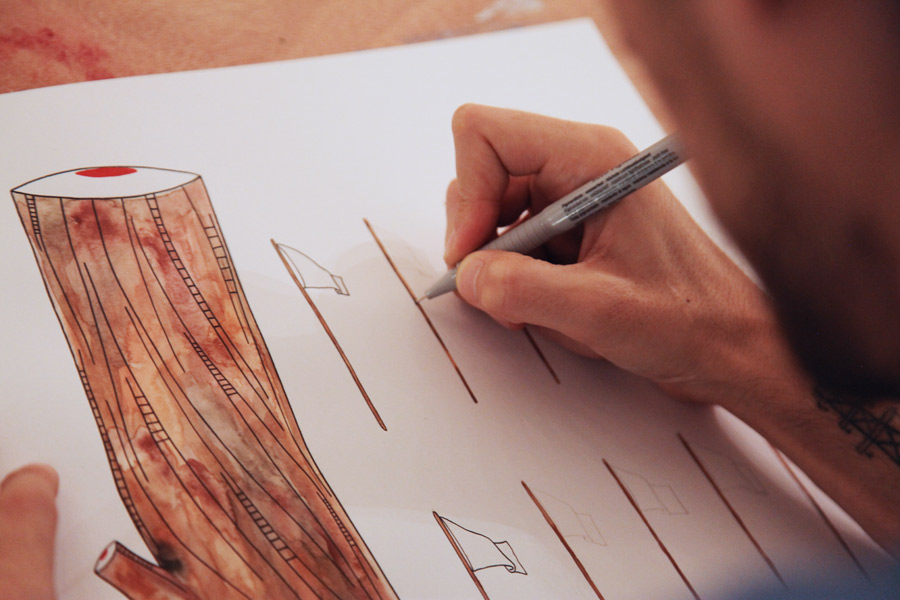
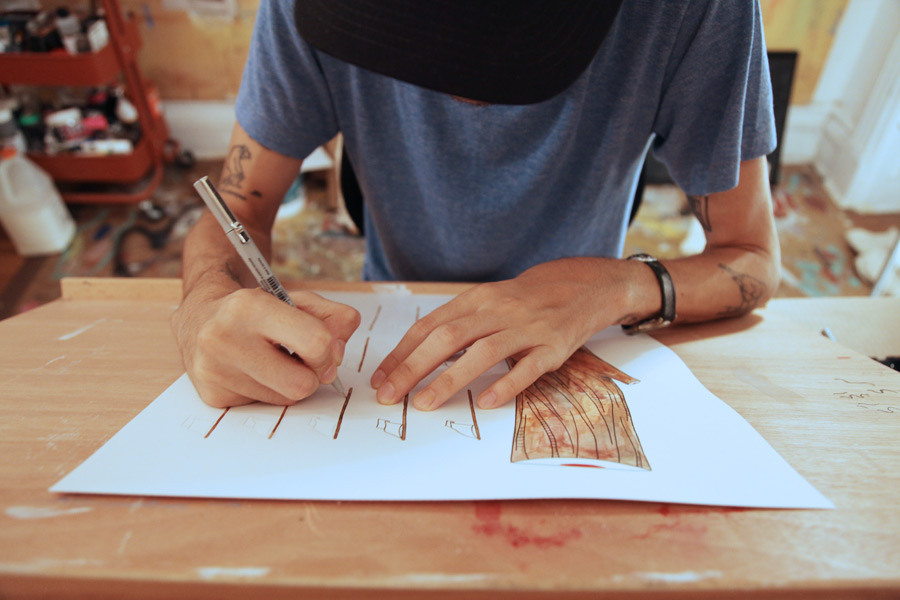
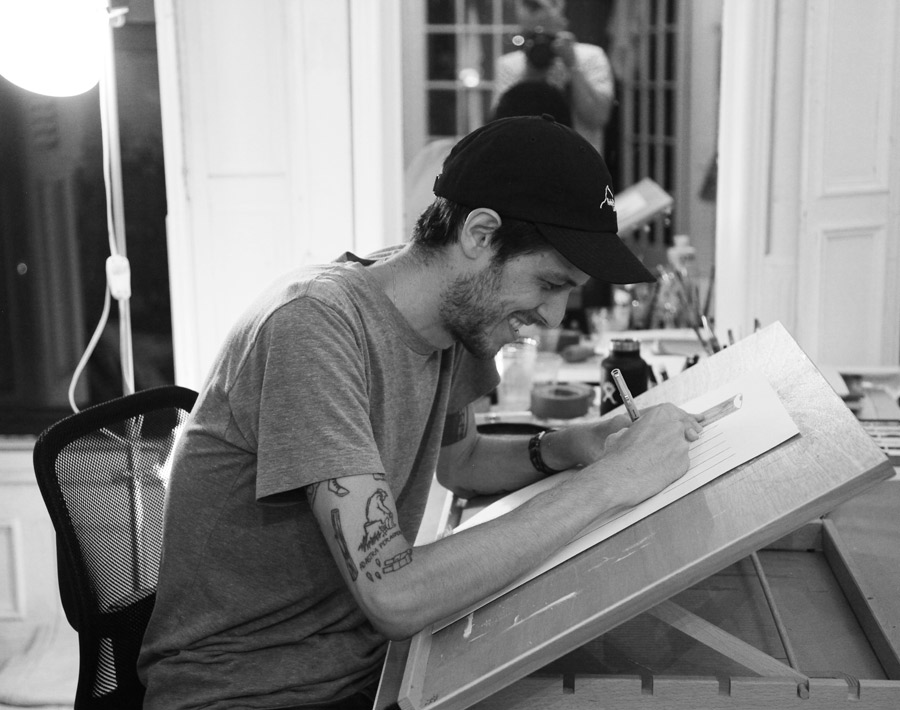
Other Articles You May Like from BSA:
The organic nature of art in the streets characterizes the experience in many parts of the city of Berlin – the true roots of D.I.Y. still very much in full effect. Paste Up/Magnet Wall. Urban Sp...
ALL BOLD CAPS. Early graffiti train writers knew they could gain their widest audience on elevated train tracks the same way cigarette manufacturers broadcast from billboards looming above streets. B...
Welcome to Sunday! This week we have a special edition of BSA Images of the Week; Dedicated to "No Limit" in Boras 2017. Begun on the initiative of Street Artist Shai Dahan, the No Limit fest...
Welcome to BSA Images of the Week as we head into Passover and Easter. If street art reflects society, and we know that it does, Governor Cuomo is in hot water and may not keep his job. But then,...
It's that time of the year again! BSA has been publishing our "Hot Lists" and best-of collections for more than 10 years every December. In this year that has been so heavy and difficult for many...
 BROOKLYN STREET ART LOVES YOU MORE EVERY DAY
BROOKLYN STREET ART LOVES YOU MORE EVERY DAY